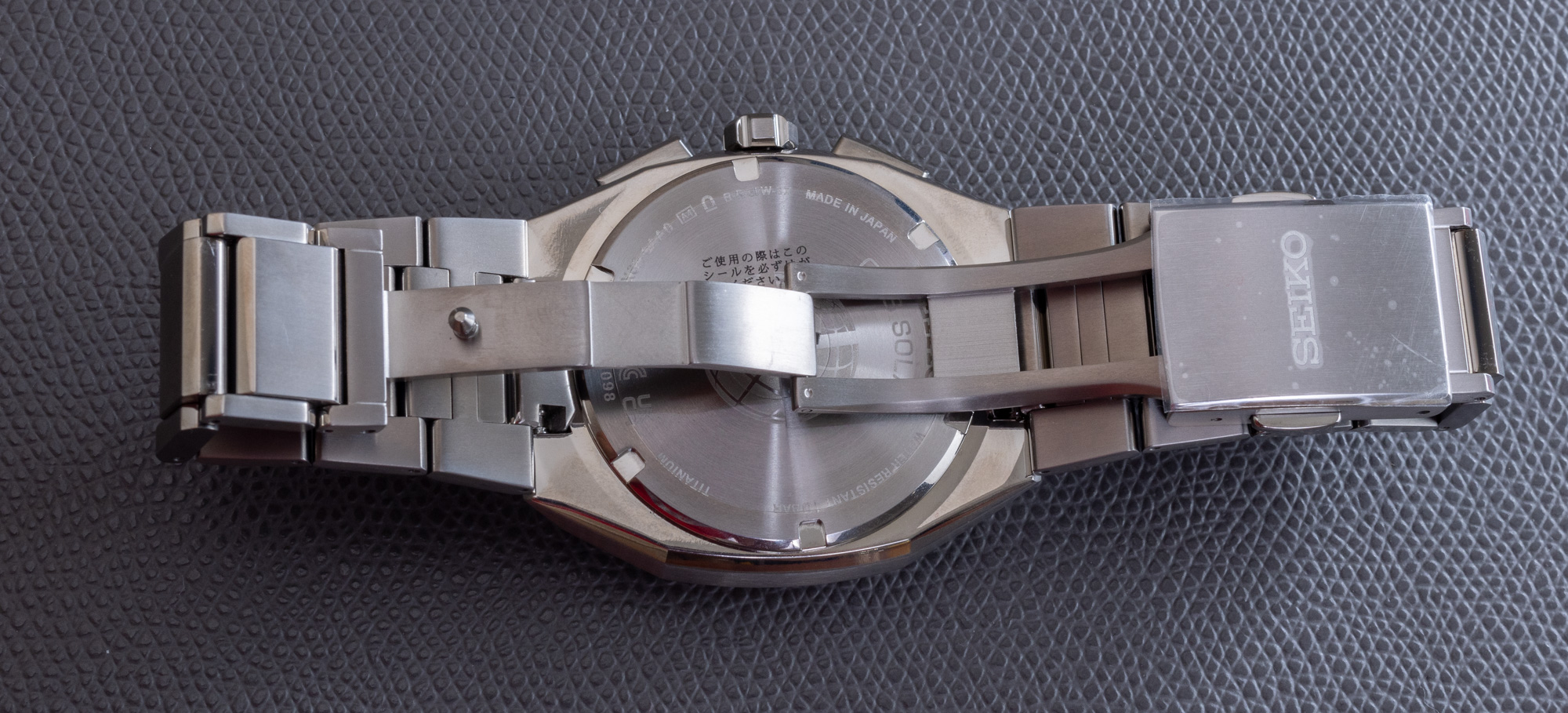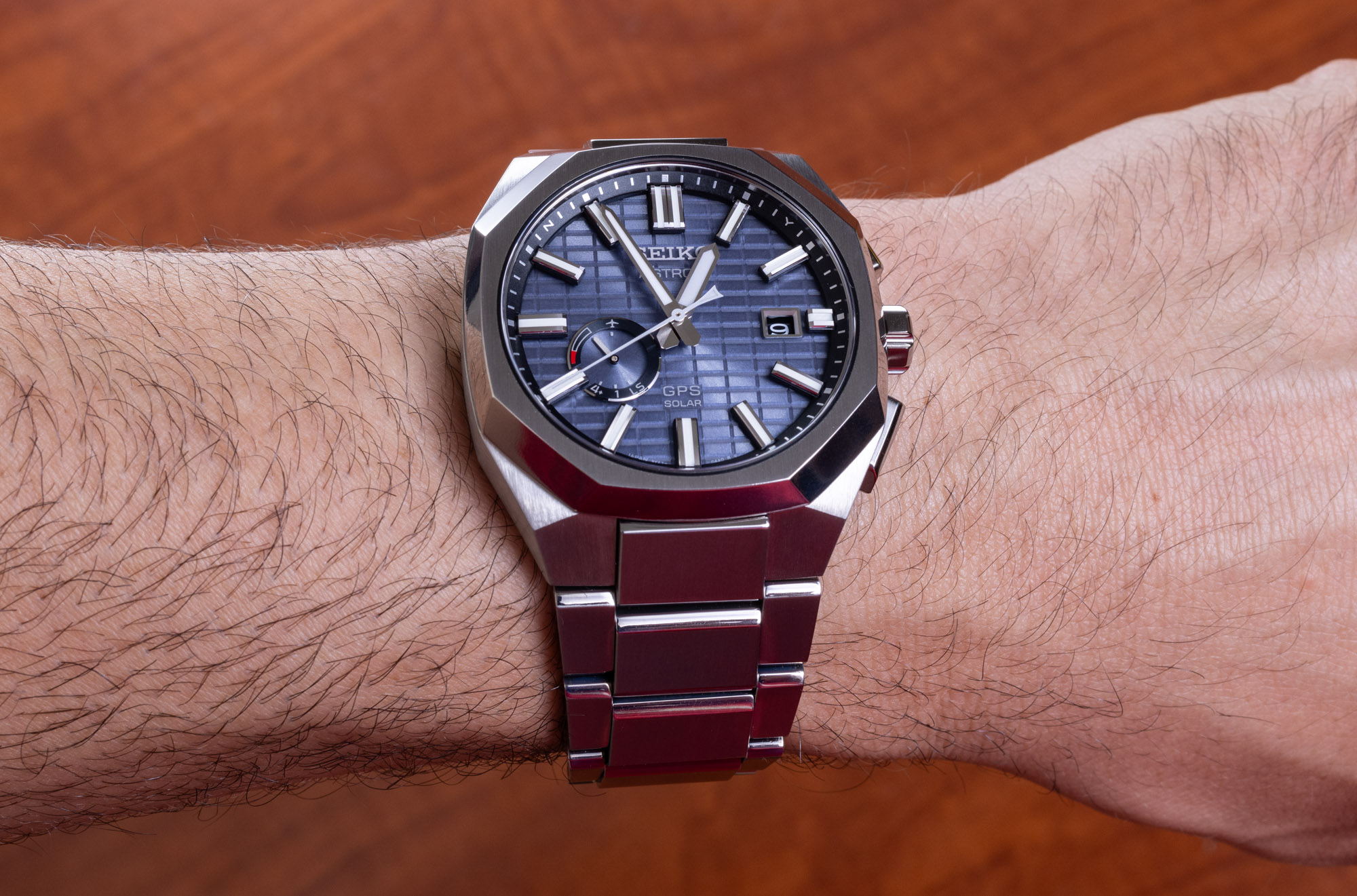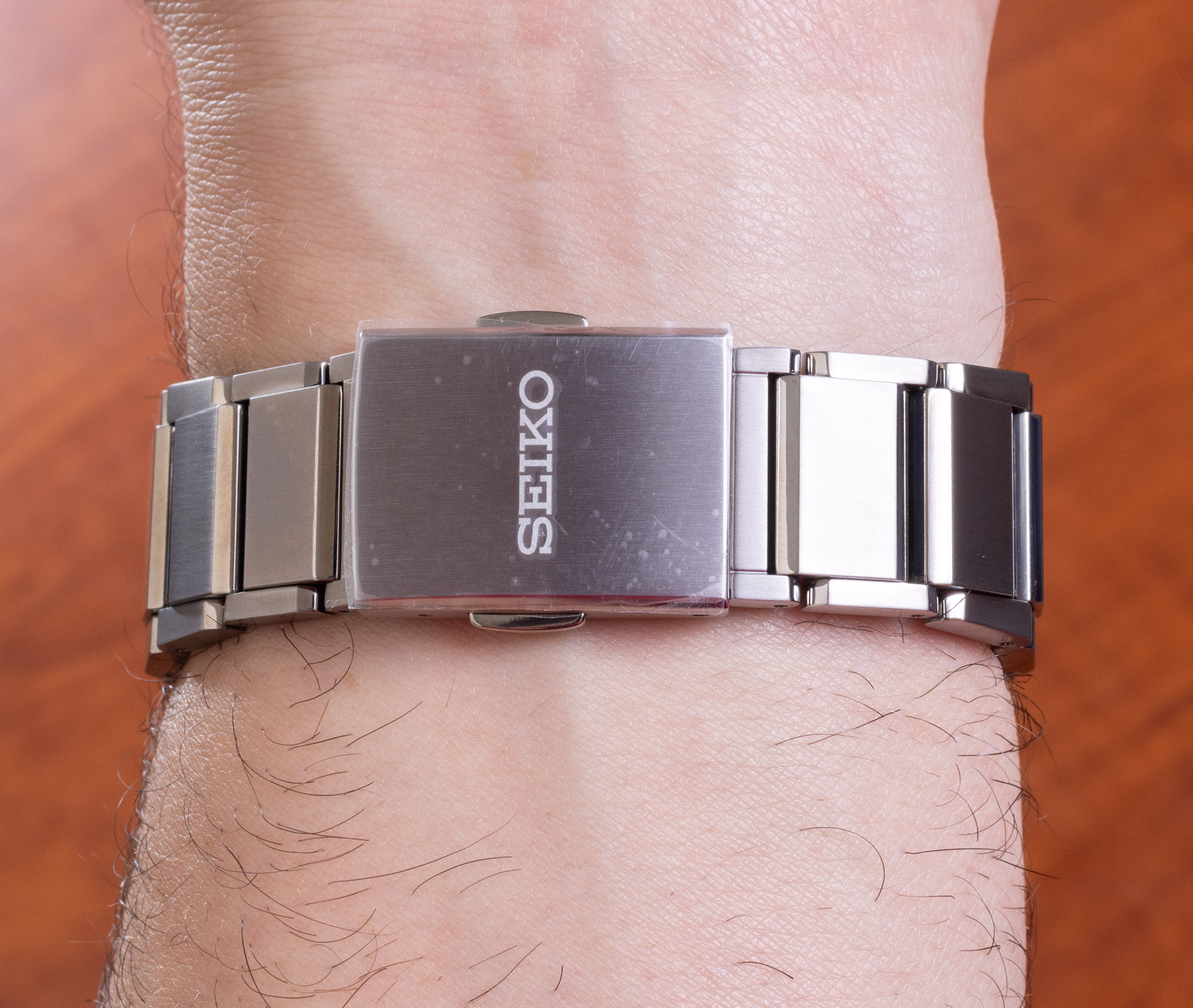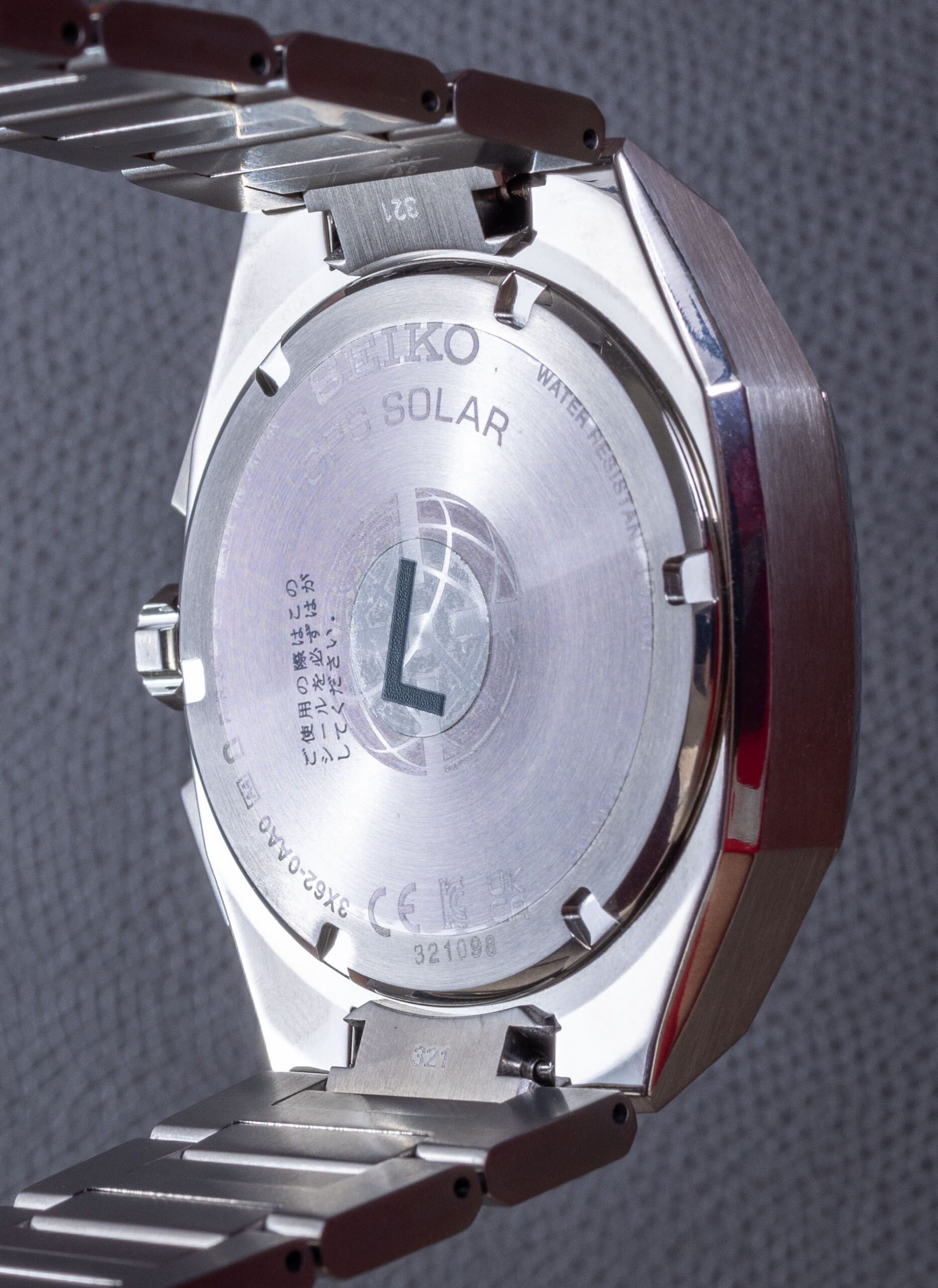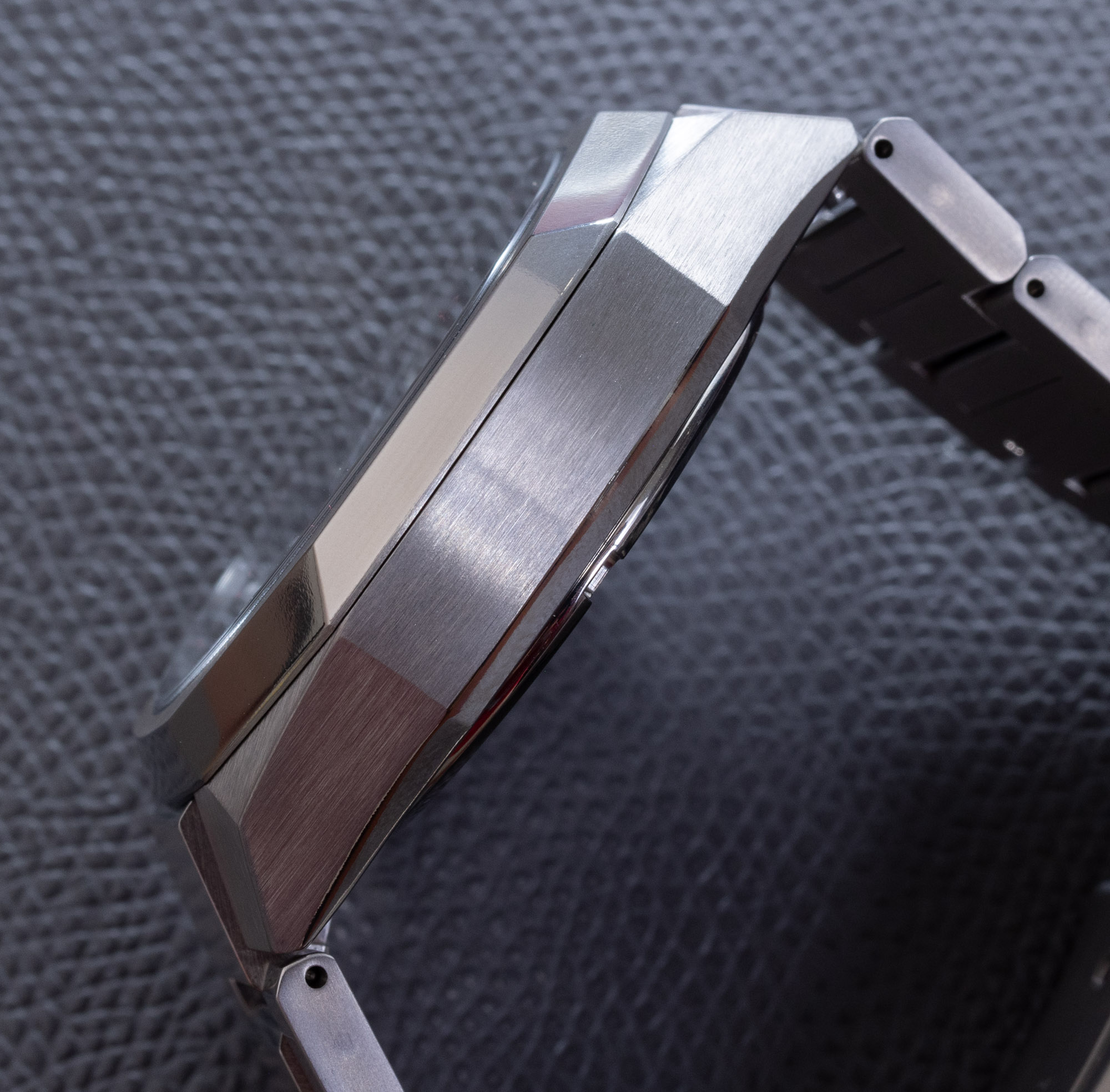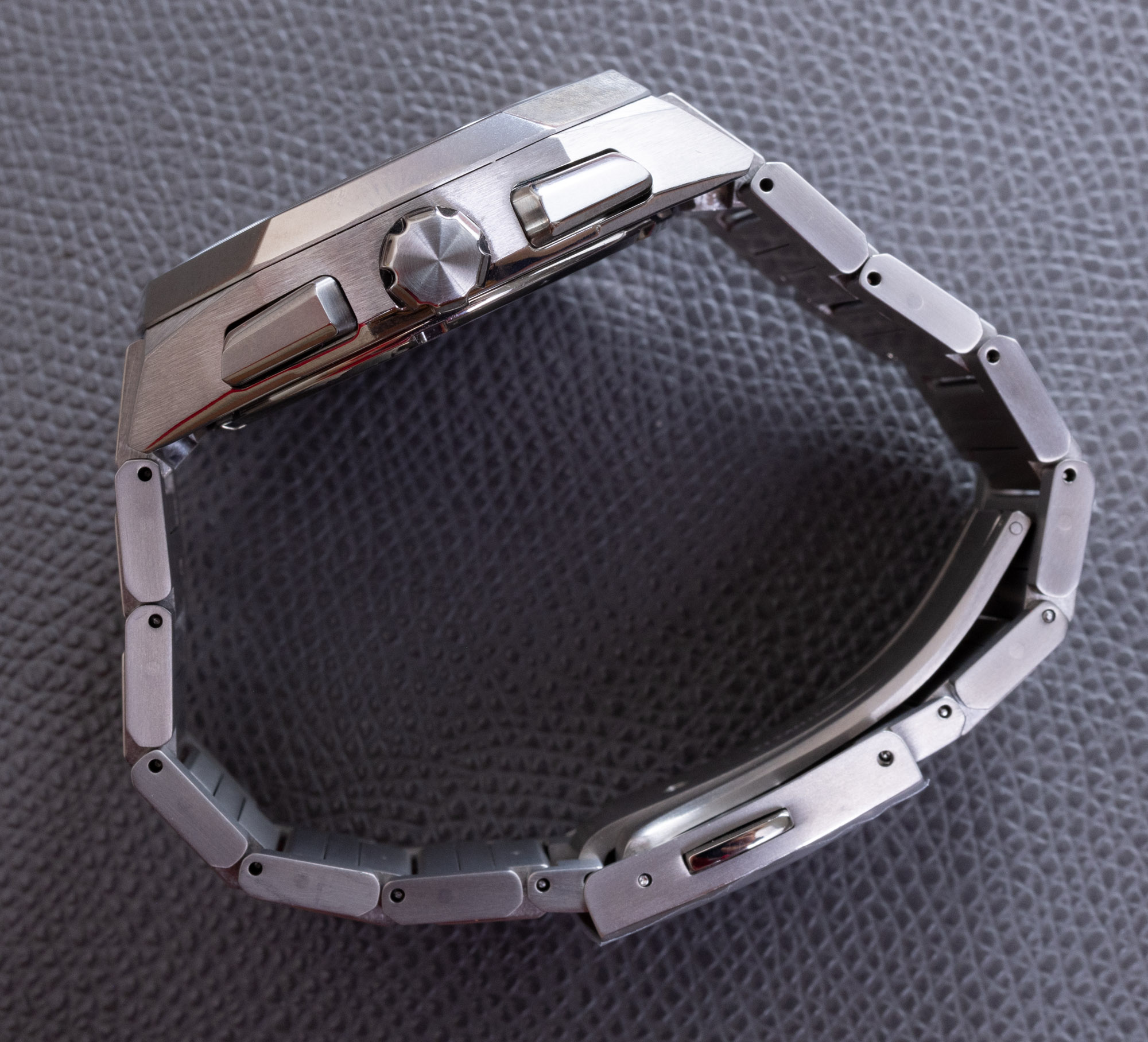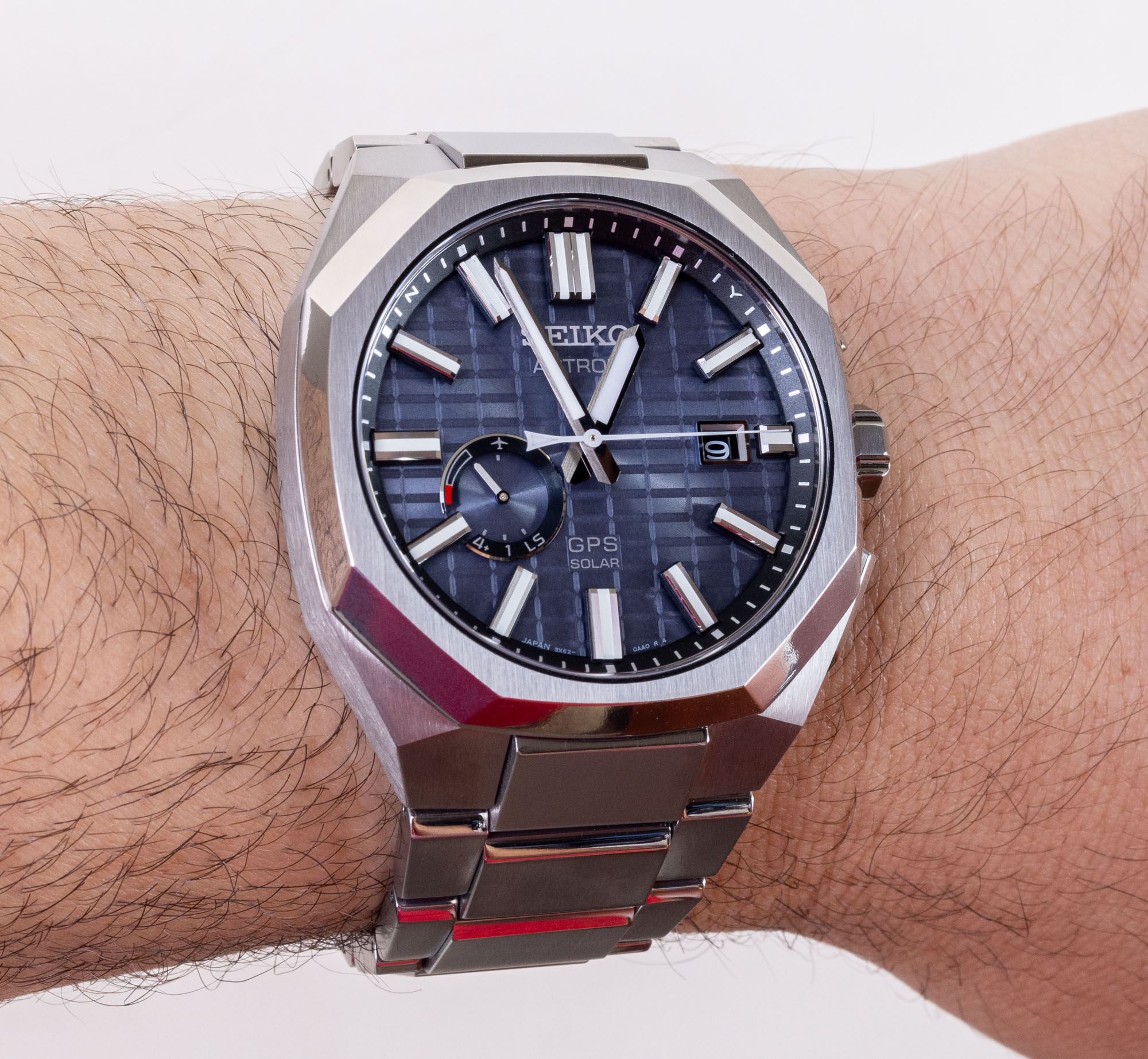
When Seiko revived the Astron name about a decade ago, it reminded many customers of their first-ever quartz-powered wristwatch from 1969, which was also called the Astron. Seiko actually achieved the feat of bringing a quartz-based wristwatch movement to market first, even though it was right at the same time a few other major watch companies were working on this. Seiko has remained an innovator in technology, and since the late 1960s has invested heavily in, really, every type of watch movement currently available. Over the last few years, we have seen an impressive resurgence of high-end mechanical watches from the storied Japanese watchmaker. That said, it is also important to carefully examine what high-end quartz looks like from Seiko in 2023: an Astron with a vivid new visual style and even more wearability than before.
The Seiko Astron GPS Solar family has been around since 2012, and aBlogtoWatch covered a lot of the major versions of the Seiko Astron watch family that illustrate the development of the movements and case design. The Astron name was revived at the time when Seiko wanted to introduce GPS-controlled watches into the collection. At the time, timepieces with antennae capable of receiving signals from GPS satellites were coming out from Seiko, Citizen, and Casio. Many of these products had movements that were solar-powered. The promise was a wristwatch that never needed a battery change (just charging via regular exposure to light), and that could not only be accurate anywhere in the world but also adjust itself and chang the time when the wearer of the watch moved between time zones. From a technical standpoint, while there were differences between how the GPS watches from Seiko, Citizen, and Casio worked, the technology was very successful and the goals of the engineers were realized.
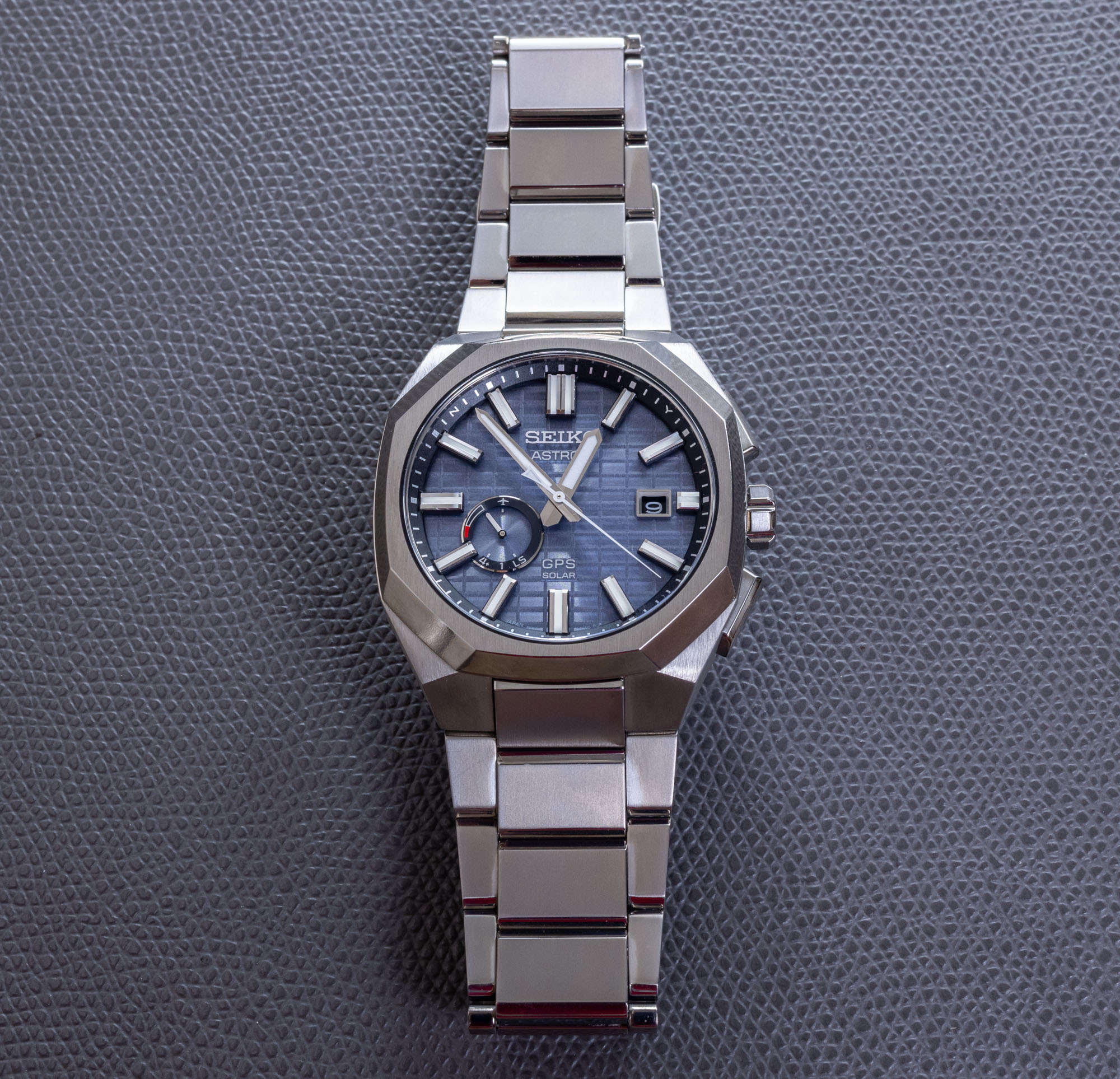
The problem, however, for GPS watches was the market itself. Most of these timepieces came with higher price points, meaning that only well-funded wearers could enjoy the convenience of an autonomous travel watch that could update itself. On top of that, just a few years after Seiko introduced the Astron GPS Solar, the smartwatch industry started taking off, and many of of those watches were later equipped with GPS antennae, even if they did not provide the autonomy of products like the Astron GPS Solar. Now, about a decade later, I think the market is ready for high-end quartz GPS watches in a way that it wasn’t a few years ago. More consumers understand how GPS communication with their devices makes their lives more convenient, and prices for GPS watches from Seiko have been remarkably stable despite inflation. This Seiko Astron GPS Solar SSJ013 in titanium with the titanium case is about the same price or less than a similarly equipped titanium watch from Seiko would have cost nearly 10 years ago. At the same time, the watches themselves have just been getting better and better.
For 2023, Seiko has totally redesigned the Astron Solar GPS into a sexier and, ideally, trendier-looking timepiece family. Seiko and other makers of watch modules that contain GPS signal modules all have to contend with the large-ish size of the hardware. The engineers in Japan have worked very hard on as much miniaturization as possible, but the downside of pretty much all GPS-equipped watches (even smartwatches) is their size. Seiko understands this and, over the last few years, has worked with a lot of clever watch case design tricks to help minimize the visual and physical footprint of these timepieces. The new selection of Astron GPS watches is probably the best-looking yet, and they actually don’t appear as though they are trying to hide an appreciably thick movement.
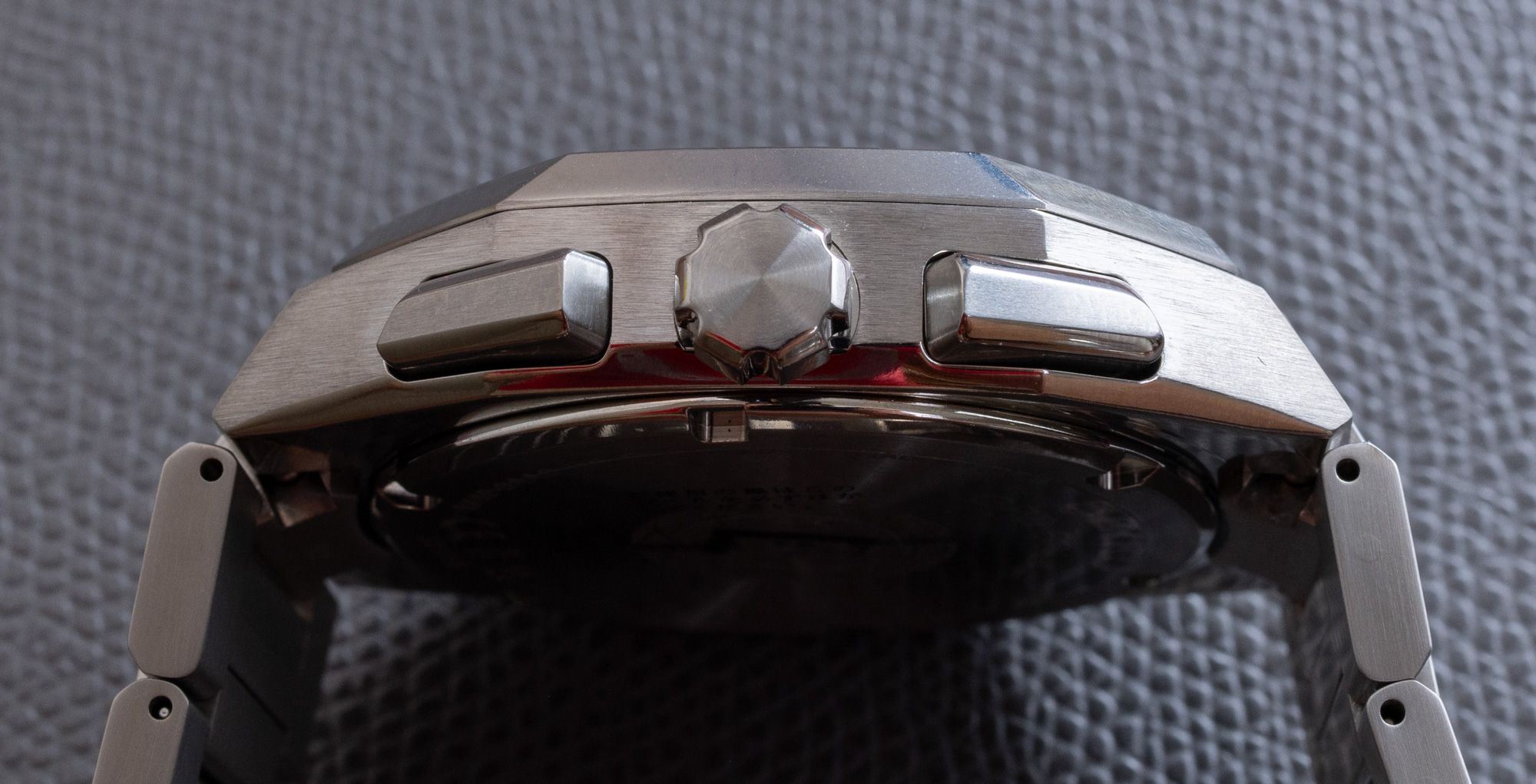
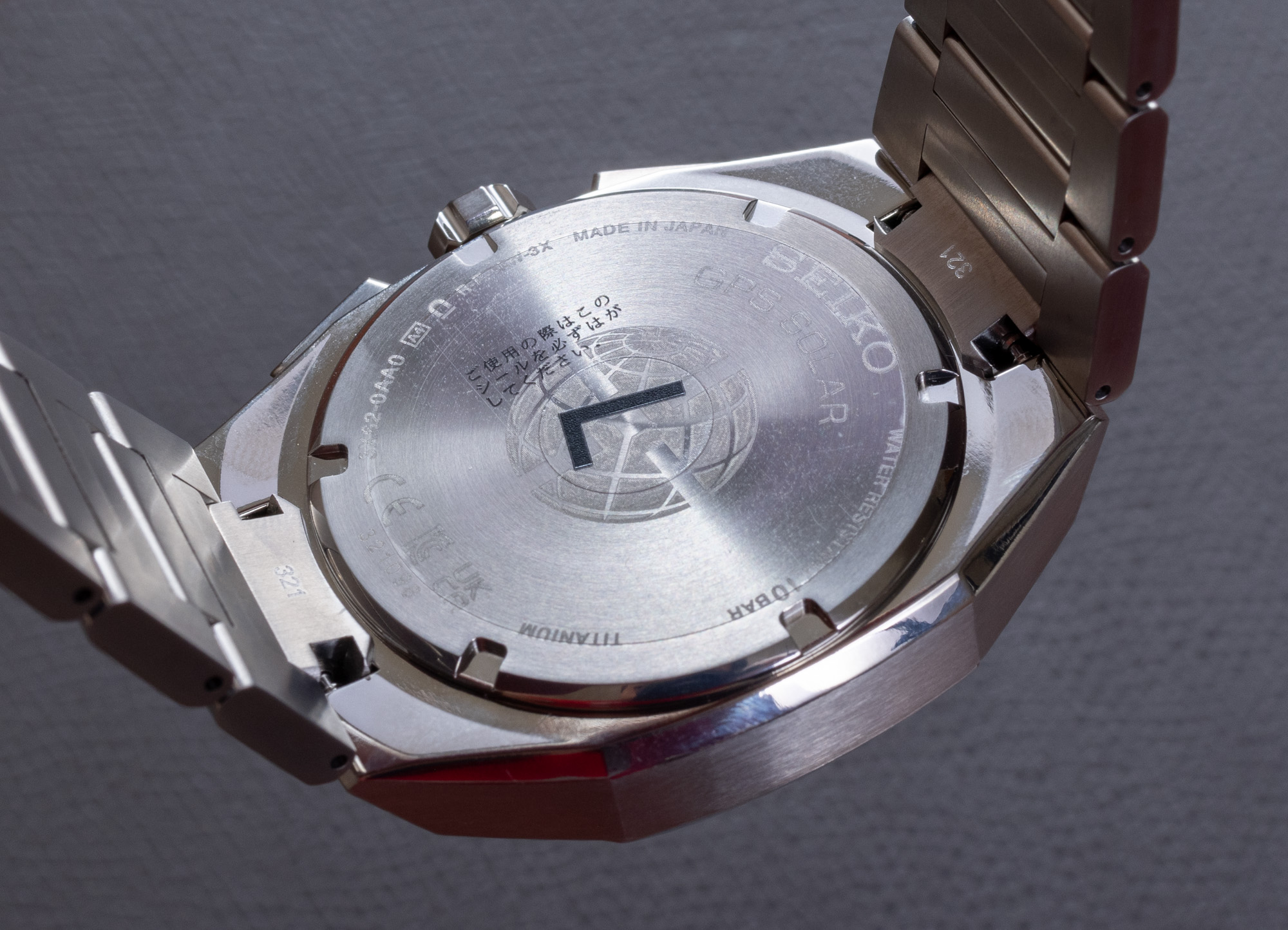
Today, I review the Seiko Astron GPS Solar reference SSJ013 in natural-tone titanium with a blue-colored dial, which, in my opinion, is a perfect modern travel watch. Let me first discuss the hardware inside the watch, then proceed to discuss the new Astron GPS Solar case, dial, and bracelet design. Inside the 2023 Seiko Astron GPS Solar is the Caliber 3X62 in-house quartz movement. This GPS-based movement represents a slimmed-down, simplified version of Seiko’s previous high-complication GPS-based movements that have additional features such as an extra time zone or a chronograph complication. Seiko found that there was a demand for relatively simple GPS-based watches, which is where the 3X62 came from. The dial features just the time, date, and a multi-purpose hand that primarily exists to serve as a battery charge indicator.
The 3X62 movement does require the manual to understand and adjust it, but it is a very good system for those people who want a “set it and forget it” wristwatch experience. The movement is barely designed for interaction after you initially set it up. In fact, it assumes that you will never really want to manually adjust the time, and more or less let the watch update itself and power itself. Again, as long as you provide it with enough sunlight and outside time, the watch will be accurate and powered all the time. This is the opposite of the European mentality, where watchmakers want users to regularly interact with their timepieces to wind them or set them. There is no correct approach, of course, but for those who really like the “no headaches” approach to wearing a nice timepiece, Japanese products like the Seiko Astron GPS Solar are going to easily win out over many fine timepieces from Europe.
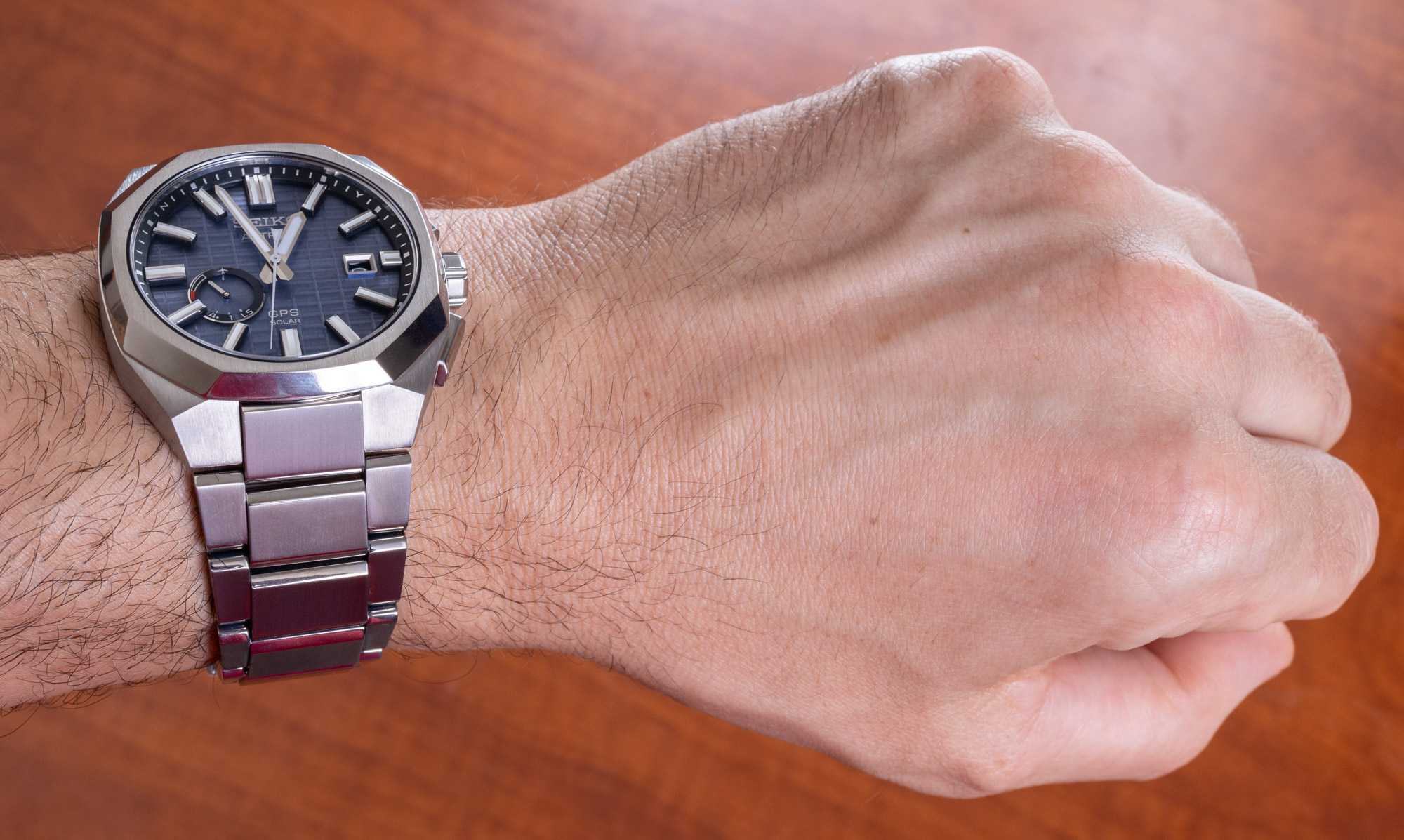
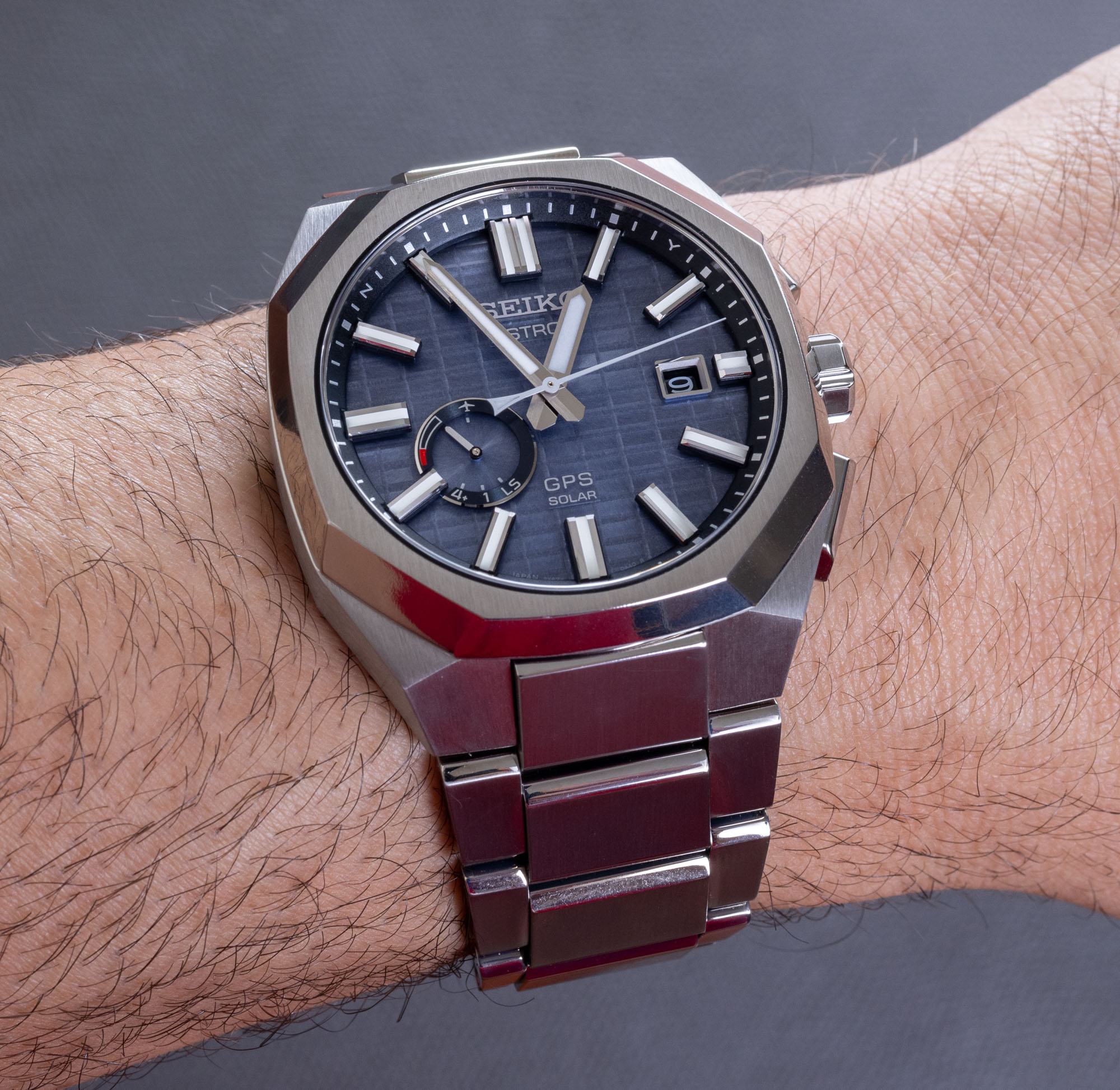
There are some interesting features to mention about the 3X62 movement. First, even though it only displays the date, it has an internal perpetual calendar system that makes sure you don’t need to adjust the date. I believe that the calendar data is updated along with the time when the watch is synched to GPS. There are two ways to do that. The first is manually signal-reception mode by going outside and using one of the case pushers to tell the watch to be in signal-receiving mode. This can also be done automatically when the watch dial is exposed to sunlight. The hardware not only receives battery charge through a photovoltaic cell located behind the dial, but it also has a sensor to indicate it if is being exposed to light. Once a day, I believe, when the watch is exposed to sunlight, it will enter into automatic GPS signal receiving mode. This isn’t just about making sure that this high-power experience doesn’t drain the battery too much, but it’s also a clever way of letting the watch know you are outside. GPS watches often require line-of-sight to the skin in order to receive a GPS signal (it doesn’t work very well indoors), and thus, a sun sensor in the watch is a perfect way of guessing that the wearer is outside and in the GPS signal-reception zone.
One of the interesting movement features is the ability to check whether the last time the watch connected to GPS it was able to successfully sync itself. Pressing the top pusher on the case has the central seconds hand move to either a small “N” (for “no”) or “Y” (for “Yes”) on the dial which indicates if the watch was able to update itself. This is an important feature because it can otherwise be impossible to tell (without extra devices) if the time on the watch is actually correct or not. Of course, with all this smart tech inside the 3X62 caliber, it also has some power-saving features. If the watch is not outside, it will not automatically try to connect with GPS signals. Also, if the watch is not used/handled for a long time, the seconds hand will shut down as an additional way to save power. Once again, for people who just want to glance at their watch dial and get the accurate current time, no matter where they are, the Seiko Astron GPS Solar is a logical choice.
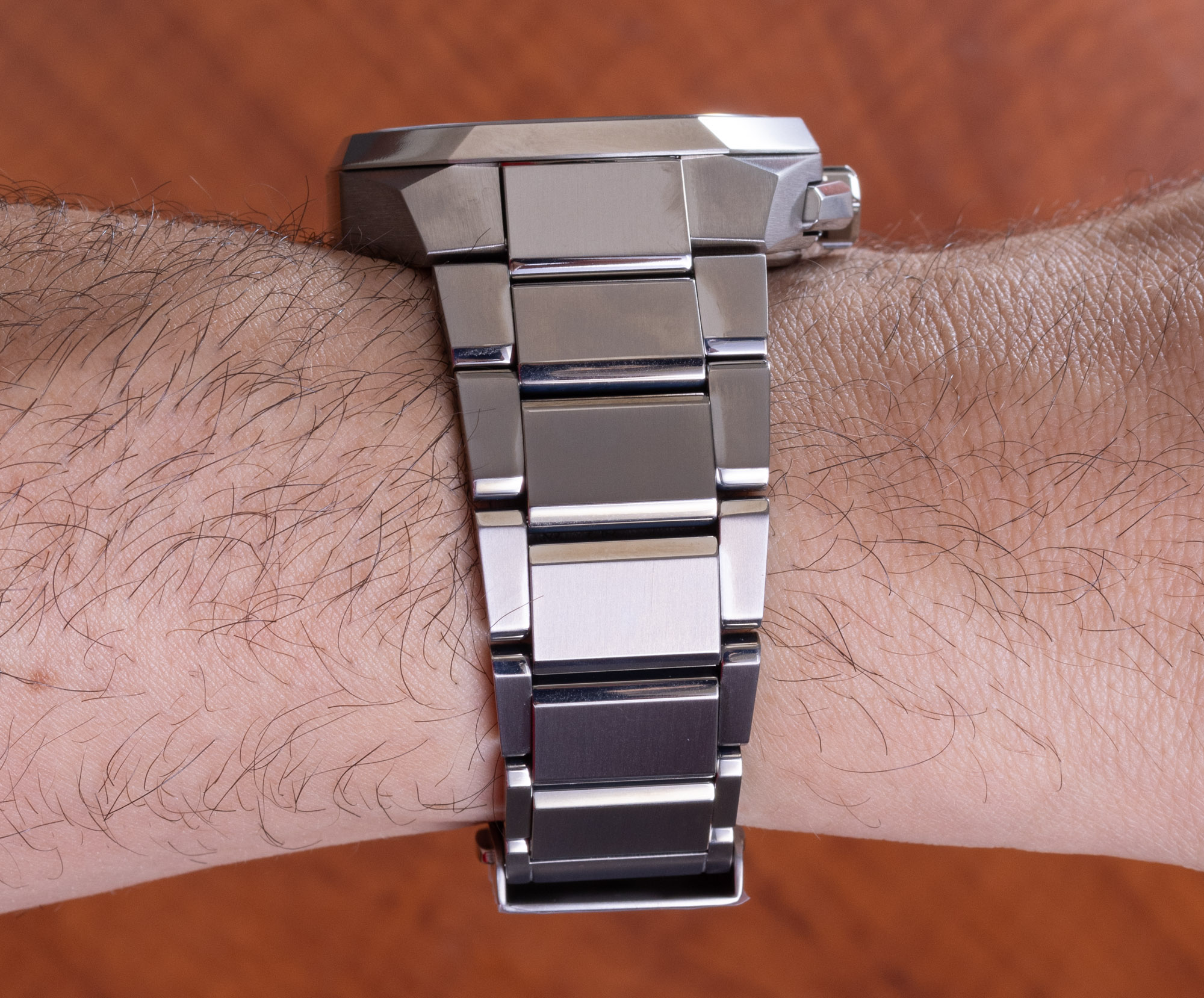
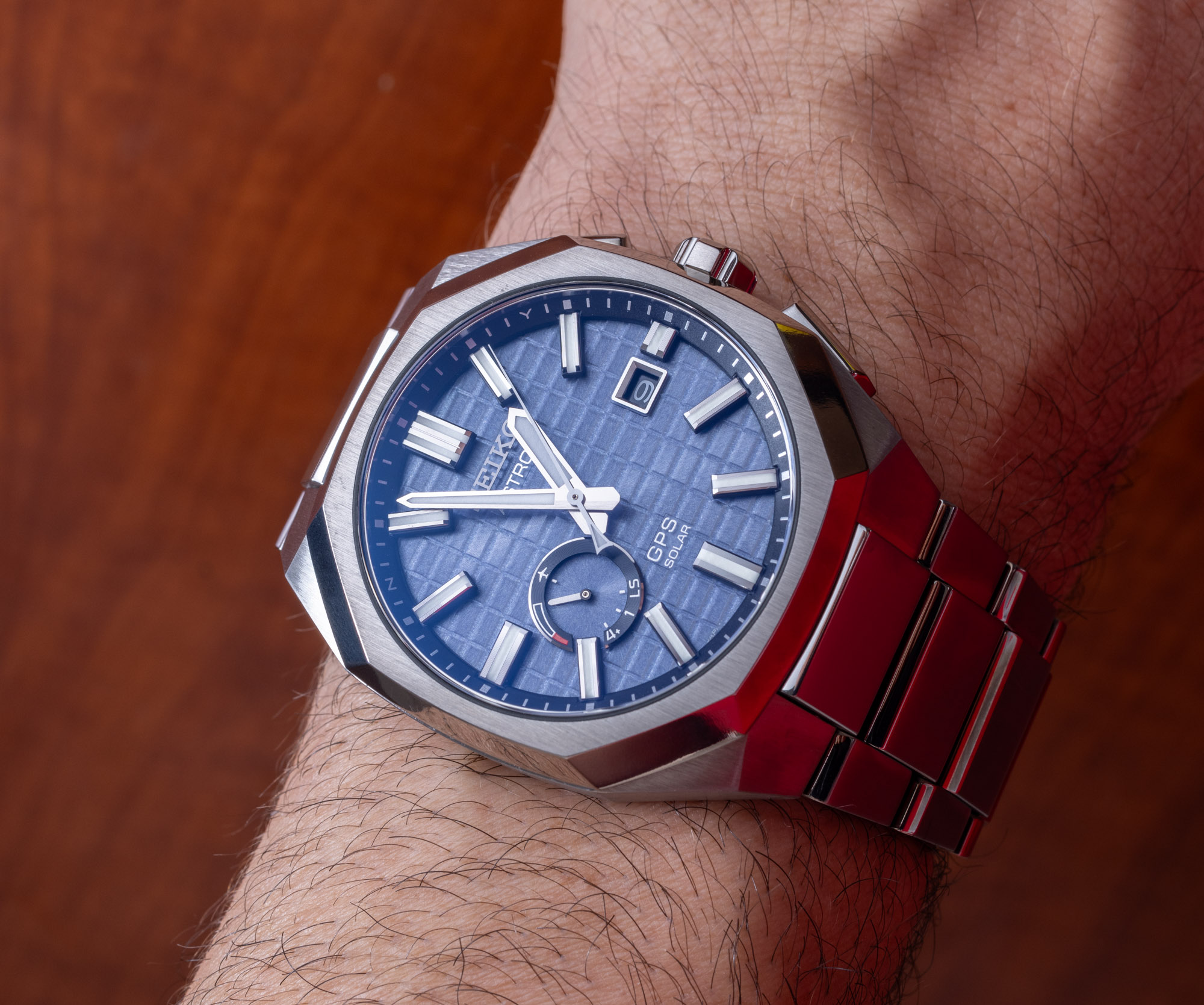
As I mentioned above, none of this technology or set of watch features is new for this Astron GPS Solar watch generation. What is new for the reference SSJ013 and its companion SSJXXX Astron GPS Solar models is the new bracelet and case design. Seiko is clearly going in a very different direction than most past Astron watches, and I don’t think that is a bad thing. We see a combination of distinctive Seiko elements (such as the hands and dial), along with new shapes and elements for the case and bracelet that very much fit into the larger “integrated bracelet watch” trend that is still very hot with enthusiasts. These kinds of watches often have geometric (as opposed to traditionally round) cases that appear to visually integrate with companion bracelets. The outcome is supposed to be a cohesive case+bracelet object of beauty you can wear like jewelry but with the functionality and poise of a wristwatch. Seiko doesn’t make a lot of products like this, so it was interesting to see the brand position the Astron Solar GPS collection as an integrated bracelet-style timepiece product.
But it actually makes sense, because creating a case that has an integrated bracelet is one option for making a case design large enough to hold a GPS-equipped movement, but not appear too awkward in terms of the proportions. The SSJ013 Astron GPS Solar wears a bit large on account of the wide lug structure, but on paper isn’t a huge watch at 41.2mm wide (the bezel), 12mm thick, and with a roughly 50mm long lug-to-lug distance. Without a screw-down crown, the case is water resistant to 100 meters, and over the dial is a flat, AR-coated sapphire crystal. There is really no issue with glare at all on this watch, which is great.

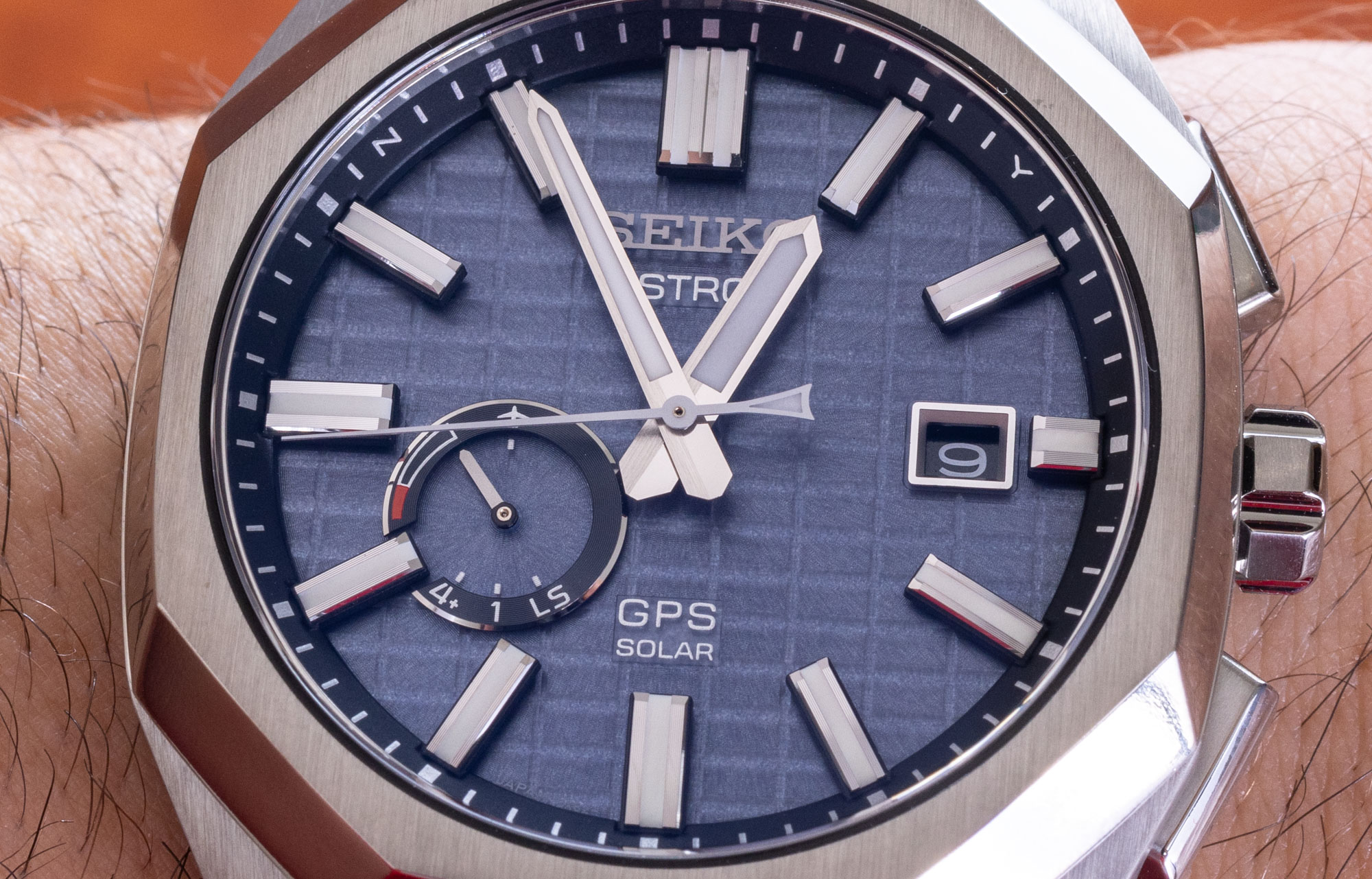
While Seiko doesn’t have a cool-sounding name for its coated titanium like Citizen does with its Super Titanium (an industry leader), Seiko doesn’t just use naked titanium for a higher-end watch like the Seiko Astron GPS Solar. The titanium case and bracelet are given a hard coating, which has the appreciable effect of increasing scratch resistance. It’s interesting that while the Japanese make excellent use of coated titanium for their timepieces (which preserves the finishing and offers far enhanced wear-and-tear durability), the Europeans rarely, if ever, seem to like using treated titanium for their even more expensive titanium watches. I’ve personally been very happy in the past with coated titanium watches from companies like Seiko and Citizen. I can’t say the same thing about otherwise beautiful titanium watches from Swiss brands that acquire scuffs and scratches relatively easily.
Even though there is a bold, almost brutalist vibe to the design of the 2023 Seiko Astron GPS Solar, I happen to think it is the most attractive and distinctive Astron GPS Solar timepiece since Seiko started making this product family. The GPS element now feels like a fun feature as opposed to the main attraction. The primary focus is on the fun case and tapered bracelet design, as well as the extremely legible dial. It no longer feels like a niche gadget watch hoping for mainstream appeal, but rather like a product family with its own design language that also happens to feature sophisticated hardware that allows the timepiece to always be accurate and powered. That allows for a much easier experience from a sales perspective in a store when trying to get potential customers excited about a product like this.
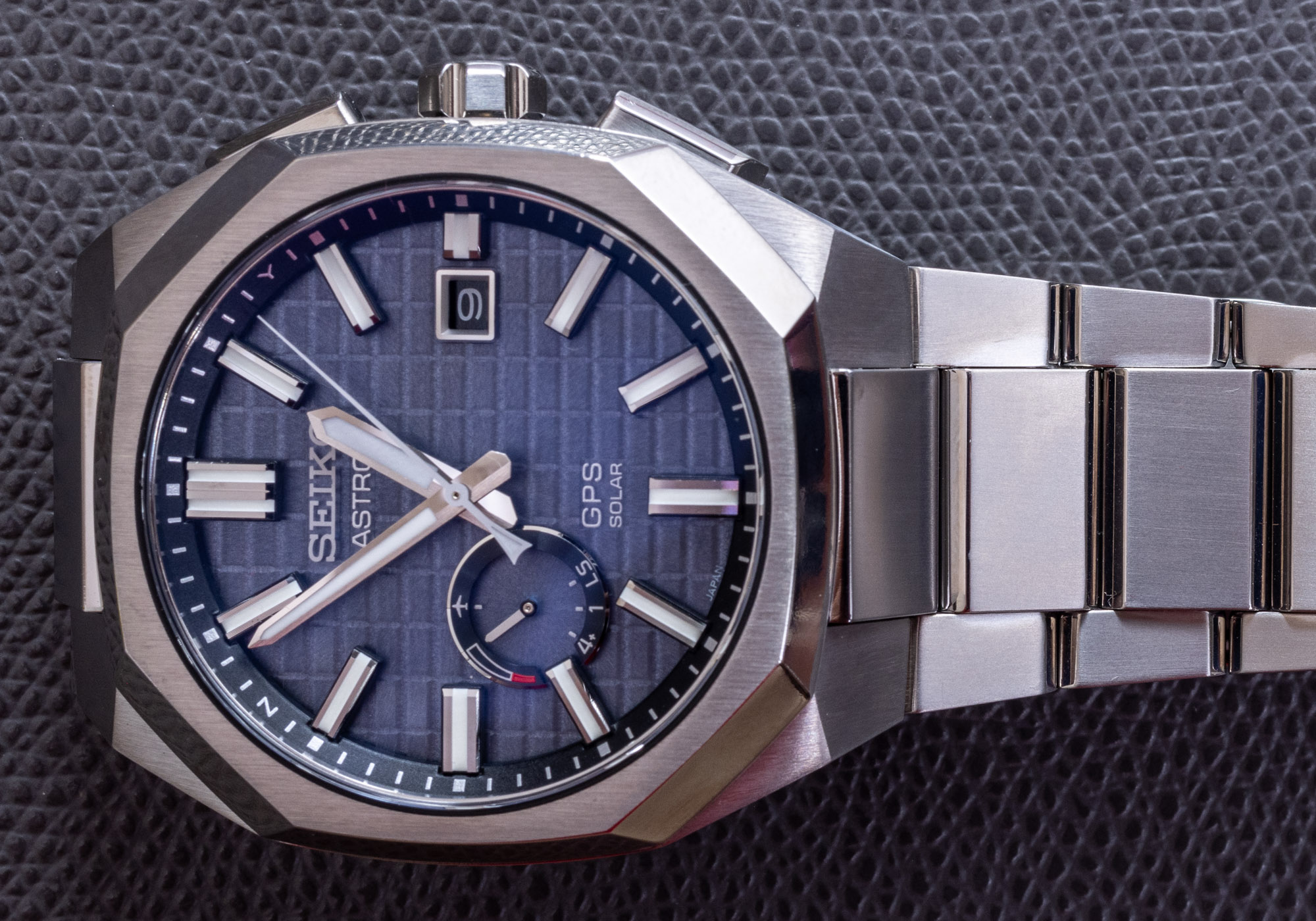
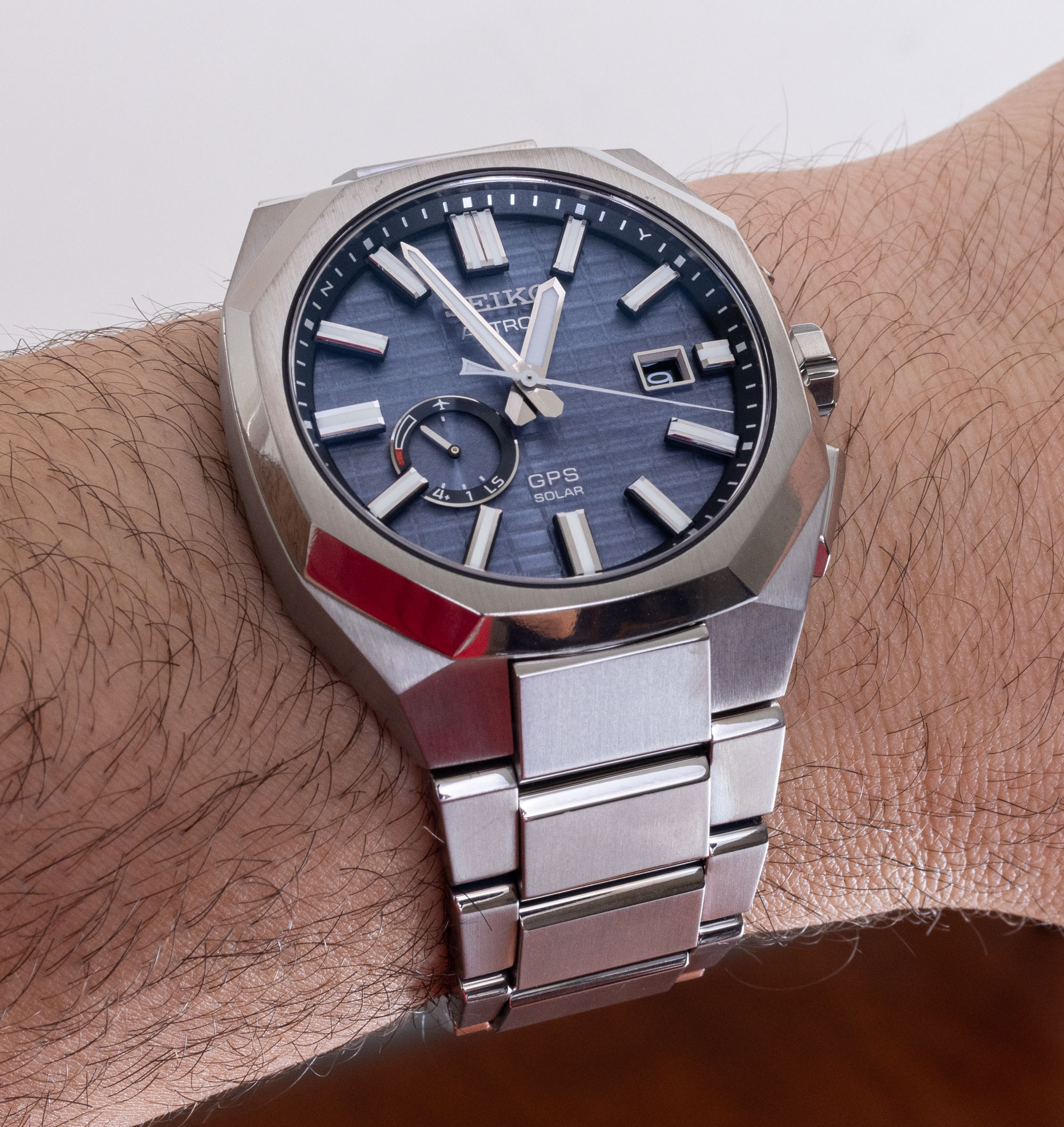
The bracelet is comfortable and attractive, yet relatively simple. No tricks here such as a micro-adjust feature. Just a well-made set of titanium links and a decently compact push-button deployant clasp. Wearers of this watch will likely enjoy the eight-sided bezel, which is relatively close to the design on the famous Audemars Piguet Royal Oak, even though this isn’t exactly an original Seiko feature. If you seek more Seiko DNA then you need only look at the dial design, which includes very bold and Lumibrite-painted applied hour markers and matching hands. That said, this SSJ013 version of the Astron GPS Solar has a blue dial texture that is also meant to evoke the Royal Oak. Rather than the more square “Mega Tapisserie” design of many Royal Oak faces, Seiko created a similar look but with repeating rectangles which suggest the look of a large chocolate bar. Interestingly, other versions of the new Astron GPS Solar have slightly different watch face textures (and colors of course). So while I expect this case design of the Astron GPS Solar to endure for a while, I fully expect Seiko to play around with the dial texture design on future models in the SSJXXX product family.
As a major proponent of high-end quartz watches, it delights me to wear products like this new-generation Seiko Astron GPS Solar. I see watches like this as being not merely a focus around a very special movement, but also a product that pushes the design envelope making for a neat case and bracelet-wearing experience. Seiko also seemed to strike a good design balance between incorporating trendy looks that enthusiasts are currently interested in, with enough unique Seiko brand DNA to make it clear who produced this product. The price also feels more appropriate than ever, especially for a technology that customers know Seiko has been refining for about a decade already. What do you think? Is now the time for high-end GPS quartz watches? How do you think Seiko did with this latest generation Astron GPS Solar. Price for the Seiko Astron GPS Solar SSJ013 is $2,000 USD. Learn more at the Seiko watches website here.
Necessary Data
>Brand: Seiko
>Model: Astron GPS Solar (reference SSJ013 as tested)
>Price: $2,000 USD
>Size: 41.2mm wide, ~50mm lug-to-lug distance, 12mm thick
>When reviewer would personally wear it: Great looking lifestyle watch with personality that begs to be taken on trips, especially far away from civilization.
>Friend we’d recommend it to first: Someone who likes the idea of having GPS-based timekeeping accuracy but who doesn’t want to wear a timepiece that feels like a gadget more than a beauty object.
>Best characteristic of watch: Comfortable to wear; neat-looking case; light-weight thanks to titanium construction; use of scratch-resistant titanium metal, incredibly easy-to-read dial with excellent luminant.
>Worst characteristic of watch: Case wears large (though it is very comfortable), and the design won’t be to everyone’s taste. Using the movement fully requires intently studying the instructions. Unremarkable caseback.

